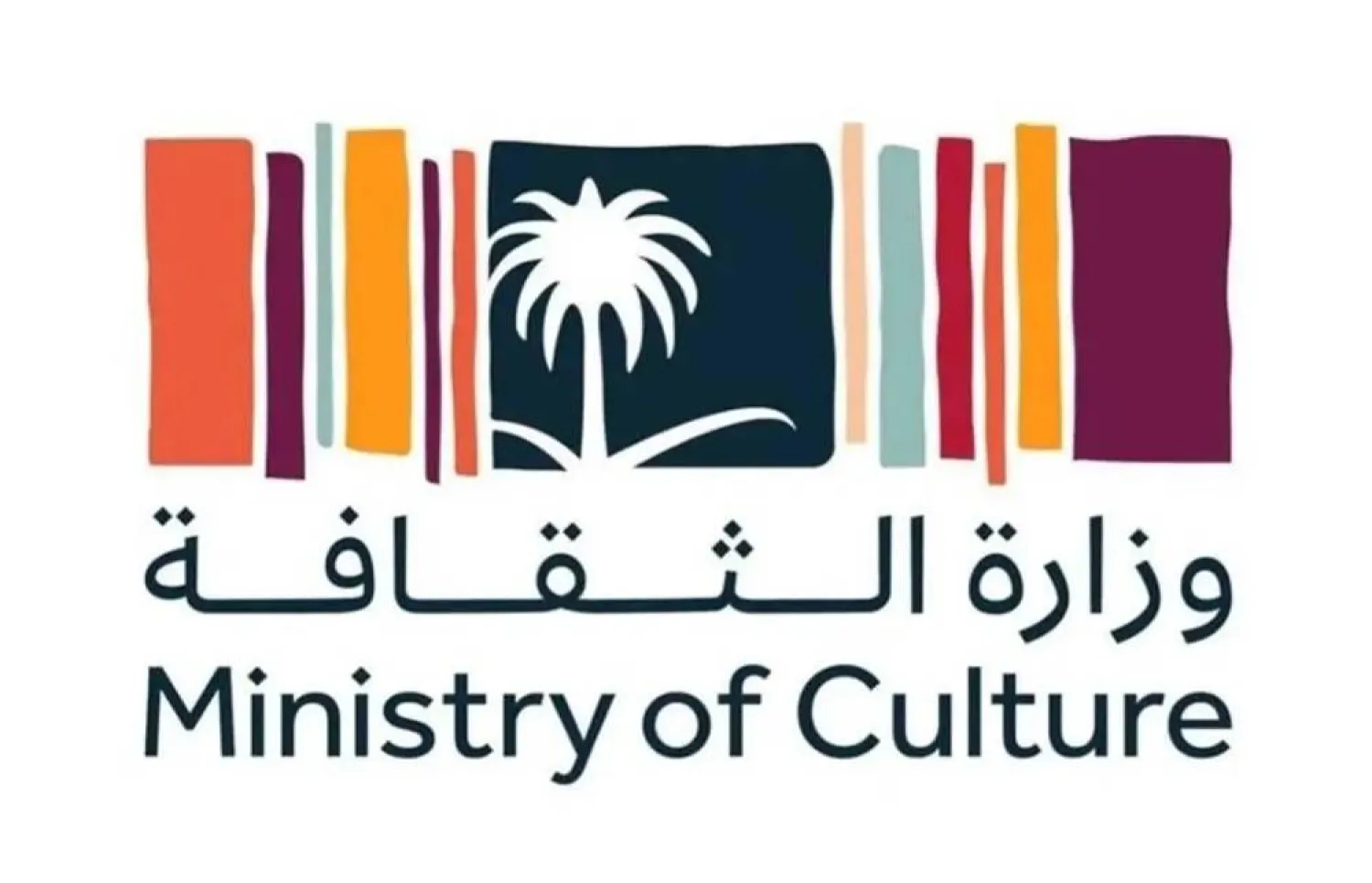Iraq's Dar Al Mada publishing house has released an Arabic translation of Patrick Süskind’s “The Pigeon.” The novel is translated by Kamiran Hoj, and the book’s introduction is written by Ali Badr.
“The protagonist in Süskind’s novel reflects an existential feeling of impotence: the inability to live, inability to love, and even inability to reject. But did he manage to find comfort in his secure island in this insecure world? Whatever we think of this protagonist, he always hated those events that disturb his inner stability, and the order of his life. However, the levels of uncertainty and fear are not the same; they don’t come from home, or from the small things, but from this irrational world,” writes Badr in the introduction.
This novel symbolizes chosen and forced isolation. A novel that exposes our impotent life, and explains how we, human beings, simply collapse under the pressure of the silly, and not necessarily, huge matters.
It’s a very realistic novel despite its imaginary end that eliminates the sad and cruel edge of this work. “Also, me, I increasingly spend most of my days in small rooms and face a growing challenge to leave them. However, I wish I can find a small room one day, a very small one that surrounds me tightly so I can take it with me when I leave,” said Süskind about his novel.
Süskind, writer of the world-known novel “Perfume,” is a mysterious personality, as “no one knows where he lives, what rituals he practices, his goals, his stances in critical causes, his thoughts about his peers, relationships, or his family,” reads Badr’s introduction.
The only available photograph of him features a skinny bald man with handsome features and dark eyes. He only appeared in four interviews and refused to partake in TV programs or festivals. He also rejected awards including the best literary work award (France, 1987), the Toucan Prize (1987), and the FAZ-Literaturpreis (1987). He never attended the premieres of the movies he wrote and never signed a book.









